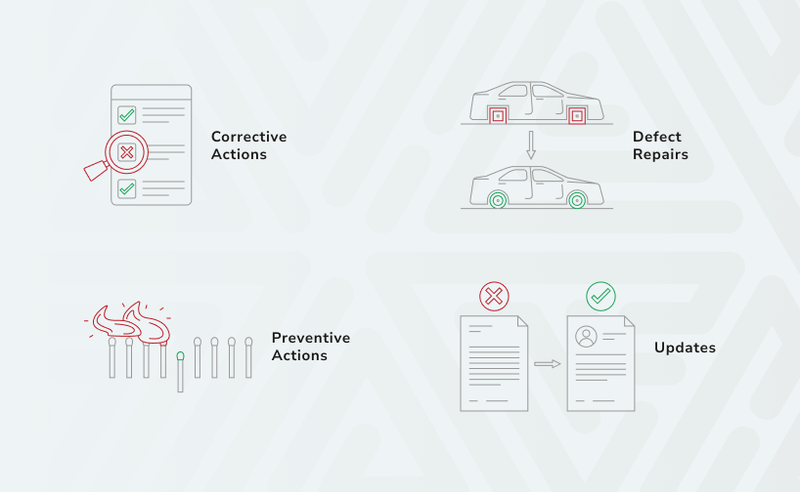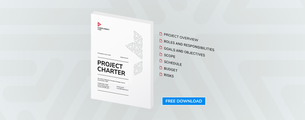Change is inevitable. How you manage that change determines whether your project stays on track or derails completely.
Integrated Change Control is a structured way to evaluate, approve, and implement changes while keeping the scope, schedule, and budget under control. Without it, change becomes chaos.
Let’s break it down.
Ownership and Responsibilities
Who owns the process? The project manager typically leads the Integrated Change Control process. While any stakeholder can propose a change, it is the project manager’s job to ensure that each request is properly documented, analyzed, and resolved. Major changes often involve the project’s Change Control Board (CCB), a formally designated group that reviews and decides on significant alterations.
Without clear roles and accountability, changes slip through the cracks.
What is Integrated Change Control?
It is the formal process of reviewing, analyzing, approving, and managing change requests in a project. It ensures that any proposed change, regardless of its source, is properly assessed before being implemented - so you’re not flying blind or reacting on gut feel.
It’s not about stopping change. It’s about controlling it.
This helps maintain control over project scope, schedule, cost, and quality; and prevents unforeseen modifications that can lead to confusion, cost overruns, or delays.
Integrated Change control usually involves the following activities.
Identify Changes
Changes can originate from any stakeholder. Team members may propose modifications to improve efficiency, customers might request new features, or quality checks may uncover a need for corrective action. Early identification is crucial: detecting a necessary adjustment sooner rather than later helps maintain better control and reduces potential disruptions.
Document Changes
Once identified, every proposed change should be formally documented using a change request. Even if a change is initially suggested verbally, it must be recorded in written form.
A Change Request is the formal documentation of the requested change, this is the first step of the change request process. A properly documented change request includes a clear description, the reason for the change, and an assessment of its potential impact on scope, schedule, cost, quality, resources, and risk.
This documentation provides a foundation for informed decision-making and serves as an audit trail for future reference. Decisions on those changes are usually made by the project manager.
Change requests usually fall into four buckets:
- Corrective Actions – Fix what’s not working.
- Preventive Actions – Stop issues before they happen.
- Defect Repairs – Patch up deliverables that don’t meet requirements.
- Updates – Adjust features, scope, or content based on new input or direction.
Every change should come with context. That means cost projections, schedule shifts, and resource impacts. Decision-makers don’t need opinions—they need data.

Download the free Change Request Form template below and ensure proper documentation of proposed changes on your projects.
Decide on Changes
Once the change request is documented and the potential impacts assessed, it moves forward for review. The decision authority (often the project manager, sponsor, or CCB) evaluates the request based on alignment with project objectives, feasibility, and value.
They may consult relevant experts, analyze current progress, or compare the proposed change against the project management plan and baselines.
The possible outcomes are:
- Approved: The change is authorized, and corresponding documents and baselines are updated.
- Deferred: The decision is postponed, typically requiring additional information or analysis.
- Rejected: The change request is not implemented, often due to misalignment with objectives, excessive cost, or negative risk implications.
Communication is key here, because clarity prevents confusion. After a decision is made, notify all stakeholders. At a minimum, include the following:
- What was decided and why
- Updated responsibilities
- Any changes to schedule, scope, cost, or risk
Silence is what creates resistance. Transparency builds alignment. This ensures that the team understands the next steps, updated responsibilities, and any adjustments to the schedule, cost, or scope.
Track Changes
Once a decision is made, it is recorded in a Change Log, a key project document that tracks the status and disposition of each request. The change log ensures transparency and provides a historical record.
Approved change requests can require updates to the project management plan, schedules, budgets, requirements documentation, risk registers, or other controlled elements. Tracking changes allows the project team to measure the cumulative effects of modifications, maintain integrity in project documentation, and respond promptly to shifting conditions.
Benefits of Integrated Change Control
Why go through all this process?
- Fewer surprises – Issues get flagged and addressed early.
- Stronger accountability – Everyone knows who’s responsible.
- Smarter decisions – You're not reacting, you're evaluating.
- Tighter alignment – Stakeholders stay in sync with the project direction.
Done right, this builds confidence and not bureaucracy.
Downloads
Supplemental Resources
Change Request Template.docx
Use this as a foundation and adapt to your project needs. Examples included.





